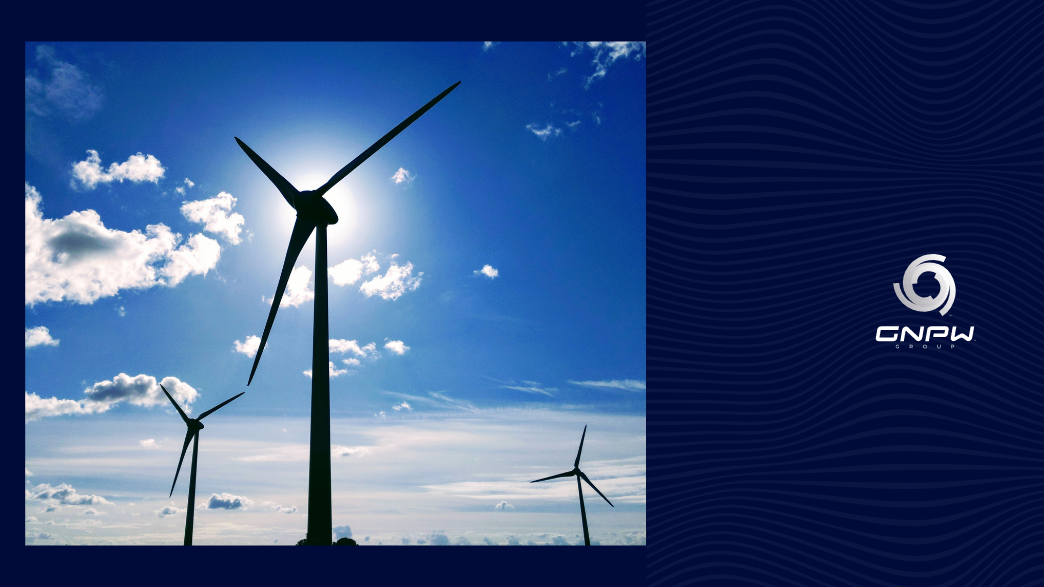According to the report by the Global Wind Energy Council, wind energy is the second largest source of energy generation in Brazil, behind only hydropower.
The country set a record for expanding installed wind power capacity in 2021, according to federal government data. The source already represents 11% of the Brazilian energy matrix, constituting about 20 GW of installed power. With the increase, Brazil took the sixth position in the Global Wind Energy Council (GWEC) ranking of total installed capacity of onshore wind energy, in 2021.
In the decade, the country experienced a significant growth in the source, jumping from 1 GW of installed power to 21 GW in January 2022. Before, the annual average of installation was from 2 GW to 2.5 GW and, in 2021, they were 3.5 GW installed.
Currently, China leads the ranking with 310 GW of installed capacity, followed by the United States, Vietnam and the United Kingdom and Brazil, which together represent 75.1% of installations.
The importance of wind power growth
Wind energy is a renewable source and has a low environmental impact and low levels of greenhouse gas emissions. According to data from the National Electric Energy Agency (Aneel), there are about 5.5 GW of plants under construction in the country, with 3 GW expected to come into operation in 2022. In Ceará, the state that inaugurated the first Brazilian wind farms , the source already represents about 48% of all energy produced locally.
With investments aimed at the sector, the country could create 575,000 extra jobs over the lifetime of the wind farms. Furthermore, it could add billions of gross value to the economy and supply millions of homes with clean energy using this source. Looking from the environmental side, scaling up wind power growth also contributes to decarbonisation, with a forecast of more than 40% reduction in carbon emissions in the coming years.
Incentive for wind power production
In 2018, Brazil sold a lot of wind energy on the free market. Thus, from that year to 2021, 4 GW was installed to meet the contracting demand. Therefore, it is possible to say that from 2018, Brazil had a leap in this energy model and the expectation is for expansion. According to the PDE 2031, the installed capacity for electricity generation in Brazil should jump from 174 GW to 275 GW in 2031, with wind and solar sources standing out in the matrix.
Offshore wind energy is the source that is obtained from harnessing the force of the wind that blows on the high seas, where the speed is higher and more constant. In January 2022, the federal government issued Decree 10,946, which provides clarity on the assignment of use of areas of inland waters under the Union’s domain, in the territorial sea, providing for the use of natural resources in these areas for offshore electricity generation. With this change, the intention is to provide legal certainty to national and international investors interested in developing projects.
For the final consumer, the expectation is that as the Brazilian electricity matrix diversifies and the amount of wind energy increases, the cost of production will be lower. However, this is a medium-long term logic. For more news, follow us on social media.

Comment